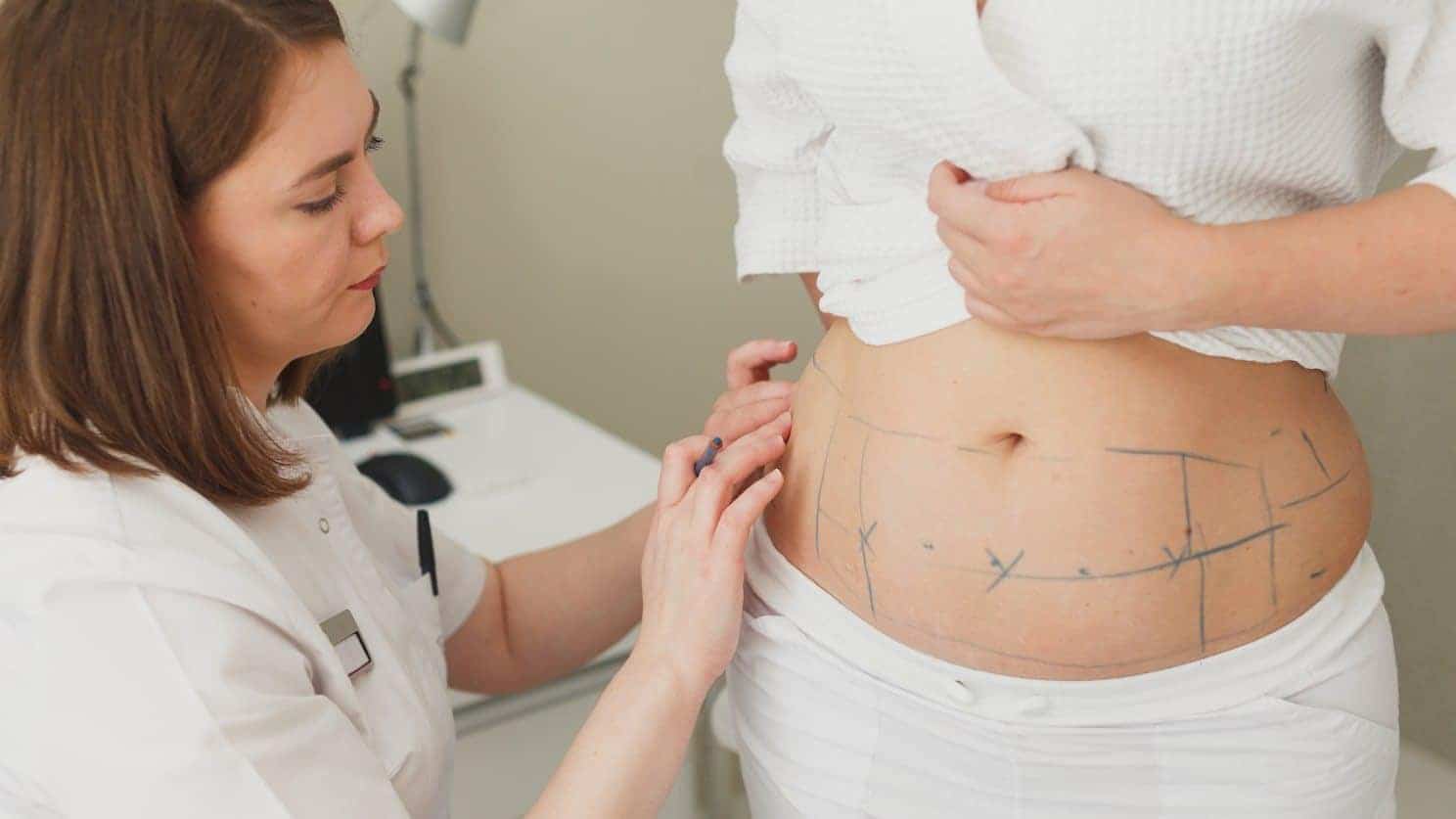Liposuction, also known as liposculpture, is one of the most popular cosmetic surgical procedures on the planet. According to the American Society of Plastic Surgeons, it was the third most popular cosmetic surgical procedure in the US in 2011 with over 205,000 liposuction procedures performed. That adds up to about one in every eight cosmetic surgeries performed in the US in 2011.
The honour of inventing liposuction in 1974 is attributed to Dr. Giorgio Fischer, a gynaecologist from Rome, Italy. He later went on to found the International Academy of Cosmetic Surgery.
In 1978 two French doctors, Dr. Illouz and Dr. Fournier, began using and further developing liposuction techniques. They were the first to employ liposuction for purely cosmetic purposes.
By 1980, liposuction had become very popular, but the techniques used were far from perfect. At first liposuction was performed under general anaesthetic, using relatively large hollow tubes, known as cannulas. There was often excessive bleeding after the procedure, and patients were often left with rippled skin. Because liposuction techniques were imperfect, there were many horror stories amongst patients and much uncertainty about the outcome.
In 1985 American dermatologist Jeffrey Klein improved the existing liposuction process by inventing the tumescent technique. The tumescent technique enabled doctors to perform liposuction using local anaesthesia and much smaller cannulas.
The tumescent solution, which is injected into the area to be subjected to liposuction, contains lidocaine, saline and epinephrine. Lidocaine is a local anaesthetic similar to novocaine. It produces a numbing effect in the area injected. Epinephrine, a drug that constricts blood vessels in the injected area, reduces the risk of bleeding during surgery. By using smaller cannulas, the tumescent technique also reduces the risk of undesirable skin depressions caused by larger tubes.
Since 1985, liposuction techniques have evolved even further. The mix of injected solutions has been fine-tuned to produce positive results and lower risks to patients. Dr. Klein has published many scientific papers and invented many patented liposuction and skin-treatment-related products.
When reading about the history of liposuction, you will come across the terms ‘dry’ or ‘wet’ liposuction. At present, surgeons do not use ‘dry’ liposuction, performed without any solution injected into the treatment area. The term ‘wet’ liposuction refers to a technique where only a small amount of fluid—between 170 to 230 grams—is injected into the treatment area. In contrast, the tumescent technique requires injection of up to five times as much fluid as the volume of fat to be removed during the process, practically flooding the treatment area.
There are a wide variety of liposuction techniques in use at present, with new ones constantly entering the market. All the liposuction methods in use today can be divided into two groups: surgical and non-surgical.
Surgical liposuction techniques include tumescent liposuction, Vaser method, Power Assisted Liposuction (PAL), water-jet-assisted liposuction and laser-assisted liposuction. There are a wide choice of laser-assisted liposuction methods, including SmartLipo and CoolLipo.
Some non-surgical liposuction techniques include CoolSculpting, Cellulaze, i-lipo, LipoSonix, VelaShape and Ultrashape.
Some of these methods are more widely used than others, but wide usage does not always indicate to what extent the methodology and expected results are backed by science. Wide usage can be an indicator of a large marketing budget and savvy marketing methods. To be safe, whichever method of liposuction you opt for, make sure you know exactly what is involved and can reasonably be expected from it. You can do this by doing your own research and discussing the procedure with your surgeon.
It is also vital to make sure that your surgeon is qualified to perform liposuction and has significant experience. You may want to read the Costhetics article on Do Your Homework before undergoing any cosmetic liposuction procedure.
